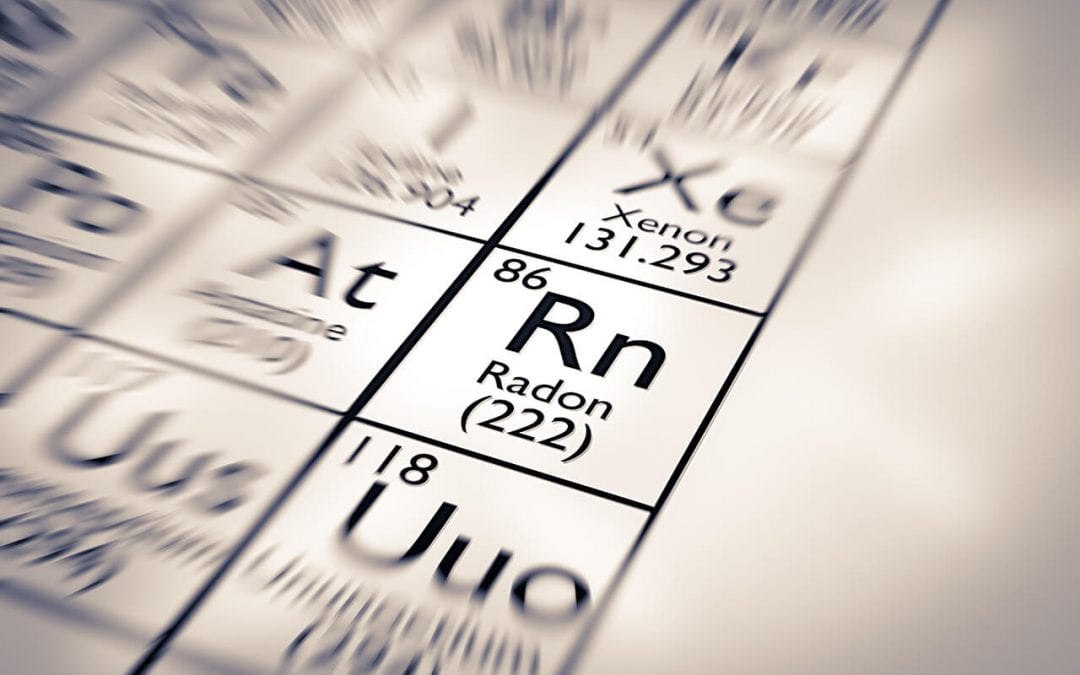Perhaps you have heard of radon and are concerned about your family being exposed. It’s important to test your home for high levels of this gas. Elevated levels in your home mean you’re at risk for lung cancer. Let’s discuss the things you should know about radon in your home.
What is Radon?
Radon is a radioactive gas that is in most homes across the country at varying levels. Long-term exposure to high levels increases your risk of cancer. Radon is the second-leading cause of lung cancer, second only to cigarette smoke. Because radon is colorless and odorless, the only way to know if you’re at risk is to test your home.
Where Does Radon Come From?
Radon forms as radioactive materials, such as uranium, decay. It will usually enter your home through foundation cracks, however, it can also enter via wall or crawl space cracks and gaps around construction joints and loose-fitting pipes.
Radon in Your Home and Health Concerns
As we mentioned above, lung cancer is caused by high radon levels. When the gas enters your home, it mixes with your indoor air. As you breathe the air, radioactive particles become trapped in your lungs and affect lung health. Drinking water with radon in it has been linked to GI tract cancer and other gastrointestinal disorders.
Who Should Test Your Home?
There are radon test kits available at most hardware stores. However, the DIY method is not recommended. These test kits can deliver inaccurate results due to ineffective products and user error. Hire a professional radon expert to test accurately. A pro will understand where to position the test and how to interpret findings.
How Long Does it Take to Test for Radon in Your Home?
Since the gas tends to accumulate in the lower area of a home, testing is often performed in the basement or crawlspace. Certain closed-house conditions should be met before starting the test. Most radon tests take about 48 hours. However, if the home wasn’t closed up properly before the test started, then it’s a good idea to extend the test another 12 hours.
It depends on the type of test, but some testing manufacturers recommend that testing devices stay in place for at least 72 hours and some will monitor levels for over a month. This is another reason you need to have a professional test your home. They will know how to follow proper testing procedure so you get accurate readings.
Mitigation of Radon
If unsafe levels of radon are discovered, hire a professional to mitigate the radon in your home. He or she will install a system that uses vent pipes and fans to remove radon. A mitigation expert also seals up cracks and gaps in the walls and foundation to help prevent radon from seeping in.
A mitigation system will start reducing radon levels immediately. However, it’s important to test periodically to make sure the mitigation system is doing its job.
Premier Home & Building Inspections provides home inspection services, including radon testing, to eastern Connecticut, Massachusetts, and Rhode Island. Contact us to schedule an appointment.

